Home>Gardening & Outdoor>Plant Care & Gardening Tips>What Is The Spur On A Larkspur Wildflower
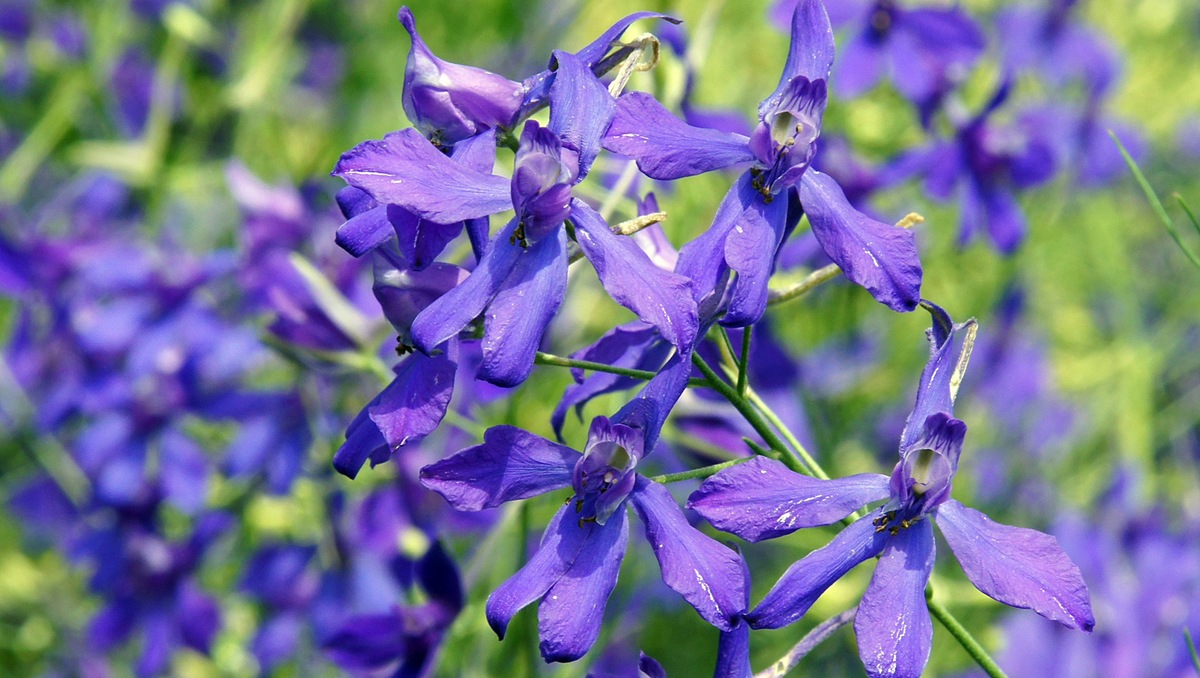

Plant Care & Gardening Tips
What Is The Spur On A Larkspur Wildflower
Published: December 24, 2023
Learn about the spur on a larkspur wildflower and get valuable plant care and gardening tips to help your larkspurs thrive. Explore the significance of the spur and how to care for these beautiful wildflowers.
(Many of the links in this article redirect to a specific reviewed product. Your purchase of these products through affiliate links helps to generate commission for Storables.com, at no extra cost. Learn more)
**
Introduction
**
Welcome to the enchanting world of larkspur wildflowers! These delicate and captivating blooms have long been cherished for their stunning appearance and intriguing features. As we delve into the fascinating realm of larkspur wildflowers, we will uncover the secrets of their unique spur and its vital role in their existence. Join me on this journey as we unravel the mysteries of these exquisite blossoms and gain a deeper understanding of the enigmatic spur that sets them apart.
**
Key Takeaways:
- The elegant spurs on larkspur wildflowers are not just for show—they play a crucial role in attracting pollinators with nectar and facilitating the plant’s reproduction through a fascinating pollination mechanism.
- Larkspur wildflowers and their enchanting spurs showcase nature’s intricate web of ecological relationships, highlighting the plant’s resilience and its vital role in sustaining biodiversity and ecological balance.
Read more: What Is Wildflower Honey
Description of Larkspur Wildflower
**
Before we delve into the intricacies of the larkspur wildflower’s spur, let’s first acquaint ourselves with the captivating characteristics of this enchanting bloom. Larkspur, scientifically known as Delphinium, is a genus of perennial flowering plants belonging to the buttercup family, Ranunculaceae. These stunning flowers are renowned for their tall, graceful spikes adorned with a myriad of vibrant, spurred blossoms.
With a rich and diverse color palette that includes shades of blue, purple, pink, and white, larkspurs add a touch of elegance and whimsy to any garden or natural landscape. Their intricate, densely packed petals and elongated, tapering spurs contribute to their alluring charm, making them a beloved choice for floral arrangements, ornamental gardens, and wildflower meadows.
These resilient blooms thrive in temperate regions and are often found in meadows, woodlands, and open fields. Their towering stems can reach impressive heights, creating a striking visual display that beckons to both humans and pollinators alike. Larkspurs are not only admired for their aesthetic appeal but also revered for their symbolic significance in various cultures, where they are associated with traits such as lightness, levity, and an open heart.
As we immerse ourselves in the world of larkspur wildflowers, we begin to appreciate the intricate beauty and timeless allure of these exquisite blossoms. Now, let’s embark on a deeper exploration of the distinctive feature that sets larkspurs apart—their enchanting spurs.
**
The Spur on a Larkspur Wildflower
**
At the heart of the larkspur wildflower’s allure lies a remarkable feature that sets it apart from other blooms—the elegant and elongated spur. The spur, also known as a nectar spur, is a specialized petal or sepal that extends backward from the base of the flower, creating a distinctive, tapering structure that adds an enchanting touch to the larkspur’s overall appearance.
These spurs vary in length and shape, with some larkspur species boasting short, subtle spurs while others showcase elongated, intricately curved spurs that exude a sense of grace and sophistication. The presence of these spurs not only enhances the visual appeal of the larkspur wildflower but also serves a crucial purpose in its ecological interactions.
As we admire the larkspur’s delicate spurs, we are drawn into a world of wonder and fascination, where nature’s intricate designs unfold before our eyes. Now, let’s uncover the purpose behind these captivating spurs and explore their significance in the life of the larkspur wildflower.
Purpose of the Spur
The elegant spurs adorning larkspur wildflowers serve a vital purpose that extends beyond their visual allure. These elongated structures play a crucial role in the reproductive strategy of the larkspur, offering a compelling example of nature’s ingenuity at work.
One of the primary functions of the spur is to attract and reward pollinators, such as butterflies, moths, and certain species of bees, with the promise of nectar. The intricate relationship between the larkspur and its pollinators hinges on the presence of this nectar reward, which is nestled within the depths of the spur, enticing and sustaining these essential visitors.
Furthermore, the length and curvature of the spur are intricately tailored to suit the specific pollinators that the larkspur seeks to attract. For instance, some larkspur species have evolved to accommodate butterflies with long proboscises, ensuring that only these specialized pollinators can access the coveted nectar concealed within the depths of the spur. This remarkable adaptation highlights the coevolutionary dance between larkspurs and their pollinators, where each party’s traits and behaviors shape the other’s evolutionary trajectory.
The presence of nectar within the spur not only entices pollinators but also ensures the transfer of pollen from one flower to another as the visitors seek out this precious resource. In this way, the larkspur’s spur becomes a hub of ecological activity, facilitating the essential process of pollination and contributing to the plant’s reproductive success.
As we unravel the purpose behind the larkspur’s enchanting spurs, we gain a deeper appreciation for the intricate mechanisms that underpin the plant’s survival and propagation. Now, let’s explore the fascinating pollination mechanism facilitated by these alluring spurs and the significance of this process in the life of the larkspur wildflower.
The spur on a larkspur wildflower is a long, narrow, hollow extension of the flower that contains nectar. It acts as a landing platform for pollinators like bees and butterflies, attracting them to the flower.
Pollination Mechanism
The pollination mechanism of larkspur wildflowers is a captivating interplay of floral anatomy, ecological relationships, and the intricate choreography of pollinators. Central to this mechanism is the role played by the larkspur’s elegant spurs, which serve as a focal point for the plant’s interaction with its pollinators.
As pollinators, such as butterflies and moths, are drawn to the larkspur’s vibrant blooms in search of nectar, they engage in a delicate dance with the flower’s spurs. The length, curvature, and position of the spurs are finely tuned to align with the specific characteristics of the targeted pollinators, ensuring a harmonious and mutually beneficial relationship.
Upon reaching the larkspur’s flower, the pollinators, equipped with specialized mouthparts, such as proboscises, delve into the depths of the spurs in pursuit of the enticing nectar concealed within. As they probe the spurs, they inadvertently come into contact with the flower’s reproductive structures, including the anthers and stigma, which bear the plant’s pollen.
During this intricate process, the pollinators inadvertently pick up pollen grains from the anthers, which adhere to their bodies as they seek out nectar within the spurs. As they visit subsequent flowers in their quest for nectar, they transfer these pollen grains to the stigmas, thereby facilitating the crucial process of cross-pollination.
The larkspur’s pollination mechanism, orchestrated by the allure of its spurs and the strategic placement of its reproductive structures, underscores the intricate web of ecological interdependence that underpins the plant’s reproductive success. This captivating dance between the larkspur and its pollinators not only ensures the plant’s propagation but also contributes to the broader tapestry of biodiversity and ecological balance.
As we unravel the enchanting pollination mechanism facilitated by the larkspur’s spurs, we gain a deeper appreciation for the intricate relationships that shape the plant’s existence and contribute to the rich tapestry of the natural world. Now, let’s delve into the significance of the spur in the life of the larkspur wildflower and its broader ecological implications.
Read more: What Is Considered A Wildflower
Significance of the Spur in Larkspur Wildflowers
The elegant spurs adorning larkspur wildflowers hold profound significance, transcending their visual appeal to play a pivotal role in the plant’s ecological interactions and evolutionary trajectory. These elongated structures, with their intricate adaptations and alluring rewards, embody the essence of the larkspur’s survival strategy and its intricate dance with the natural world.
From an ecological standpoint, the spurs serve as a beacon, guiding and sustaining a diverse array of pollinators, including butterflies, moths, and select bee species. By offering a tantalizing reward in the form of nectar, nestled within the depths of the spurs, larkspurs forge vital partnerships with these essential visitors, ensuring the continuation of their reproductive cycle and the perpetuation of their genetic legacy.
The coevolutionary relationship between the larkspur and its pollinators is intricately woven into the fabric of the plant’s existence, shaping the form and function of the spurs to align with the specific traits and behaviors of its targeted pollinators. This dance of adaptation and reciprocity underscores the plant’s remarkable ability to harmonize with the natural world, forging connections that transcend individual blooms and extend to the broader ecosystem.
Furthermore, the pollination mechanism facilitated by the spurs not only ensures the larkspur’s reproductive success but also contributes to the broader tapestry of biodiversity and ecological balance. By engaging in the transfer of pollen from flower to flower, the larkspur’s pollinators become unwitting stewards of genetic diversity, fostering resilience and adaptability within the plant population.
As we contemplate the significance of the spurs in larkspur wildflowers, we are reminded of nature’s intricate tapestry, where every petal, every curve, and every drop of nectar contributes to the symphony of life. The spurs stand as a testament to the larkspur’s resilience, adaptability, and its enduring role as a vital player in the intricate web of ecological relationships.
With a deeper understanding of the significance of the spurs in larkspur wildflowers, we gain a newfound appreciation for the delicate balance and interconnectedness that underpin the plant’s existence. Now, let’s reflect on our journey through the enchanting realm of larkspur wildflowers and the captivating allure of their distinctive spurs.
Conclusion
As we conclude our exploration of the captivating larkspur wildflowers and their enchanting spurs, we emerge with a profound appreciation for the intricate beauty and ecological significance of these remarkable blooms. From their graceful, towering stems adorned with a kaleidoscope of colors to the elegant spurs that beckon to pollinators, larkspurs captivate the imagination and offer a glimpse into the wondrous complexities of the natural world.
The larkspur’s spurs, with their alluring nectar and strategic adaptations, serve as testaments to the plant’s resilience and its remarkable ability to forge symbiotic relationships with a diverse array of pollinators. These spurs embody the plant’s evolutionary journey, shaped by the nuanced interplay between form, function, and ecological partnerships.
Furthermore, the pollination mechanism facilitated by the spurs underscores the larkspur’s role as a steward of genetic diversity, contributing to the rich tapestry of biodiversity and ecological balance. Through this intricate dance of pollination, the larkspur and its pollinators weave a story of interdependence and coevolution, highlighting the profound interconnectedness that underpins the plant’s existence.
As we bid farewell to the captivating world of larkspur wildflowers, we carry with us a deeper understanding of the enchanting spurs that grace these exquisite blooms. Their significance transcends their visual allure, offering a window into the intricate web of ecological relationships and the enduring resilience of the natural world.
May our journey through the realm of larkspur wildflowers serve as a reminder of the marvels that await within the petals, spurs, and ecosystems that surround us. Let us embrace the lessons of adaptation, reciprocity, and interconnectedness that these blooms impart, carrying their timeless wisdom into our own interactions with the natural world.
As we part ways with the larkspur wildflowers, may we continue to cherish and protect the delicate balance of nature, nurturing the intricate dance of life that unfolds within every blossom, every pollinator, and every wondrous spur.
Frequently Asked Questions about What Is The Spur On A Larkspur Wildflower
Was this page helpful?
At Storables.com, we guarantee accurate and reliable information. Our content, validated by Expert Board Contributors, is crafted following stringent Editorial Policies. We're committed to providing you with well-researched, expert-backed insights for all your informational needs.
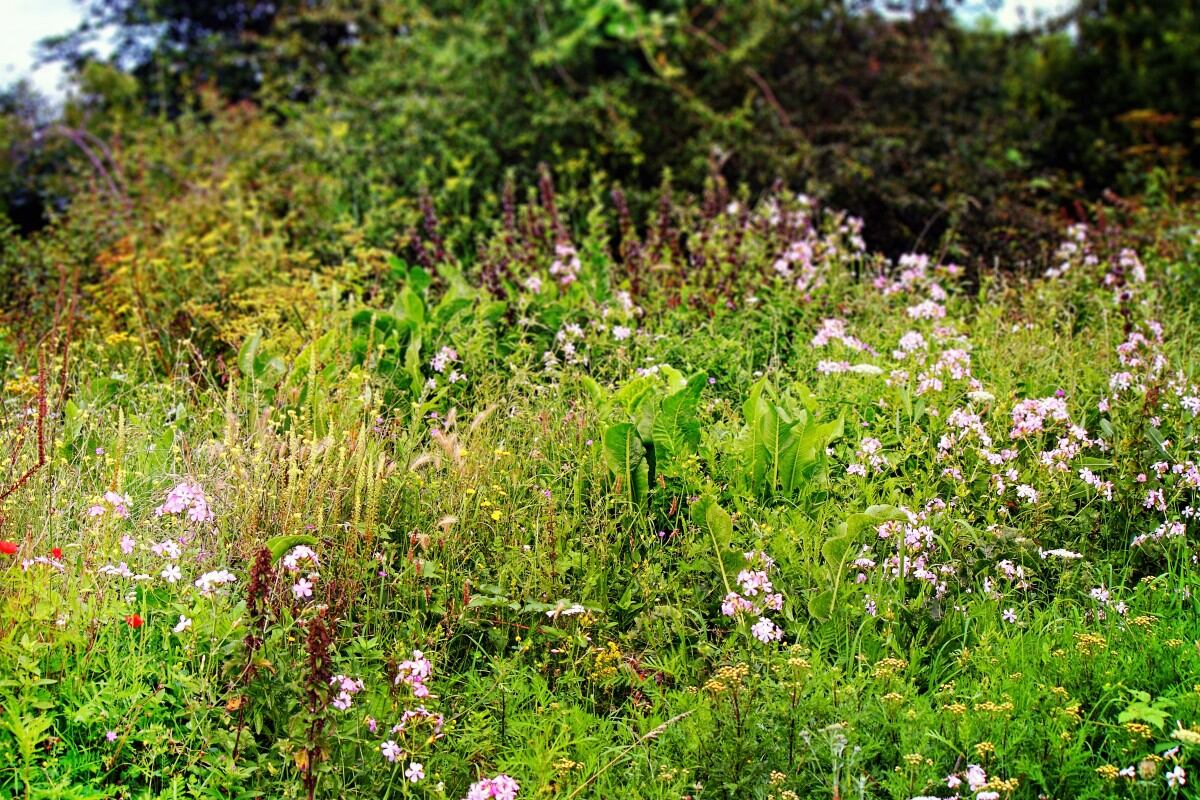
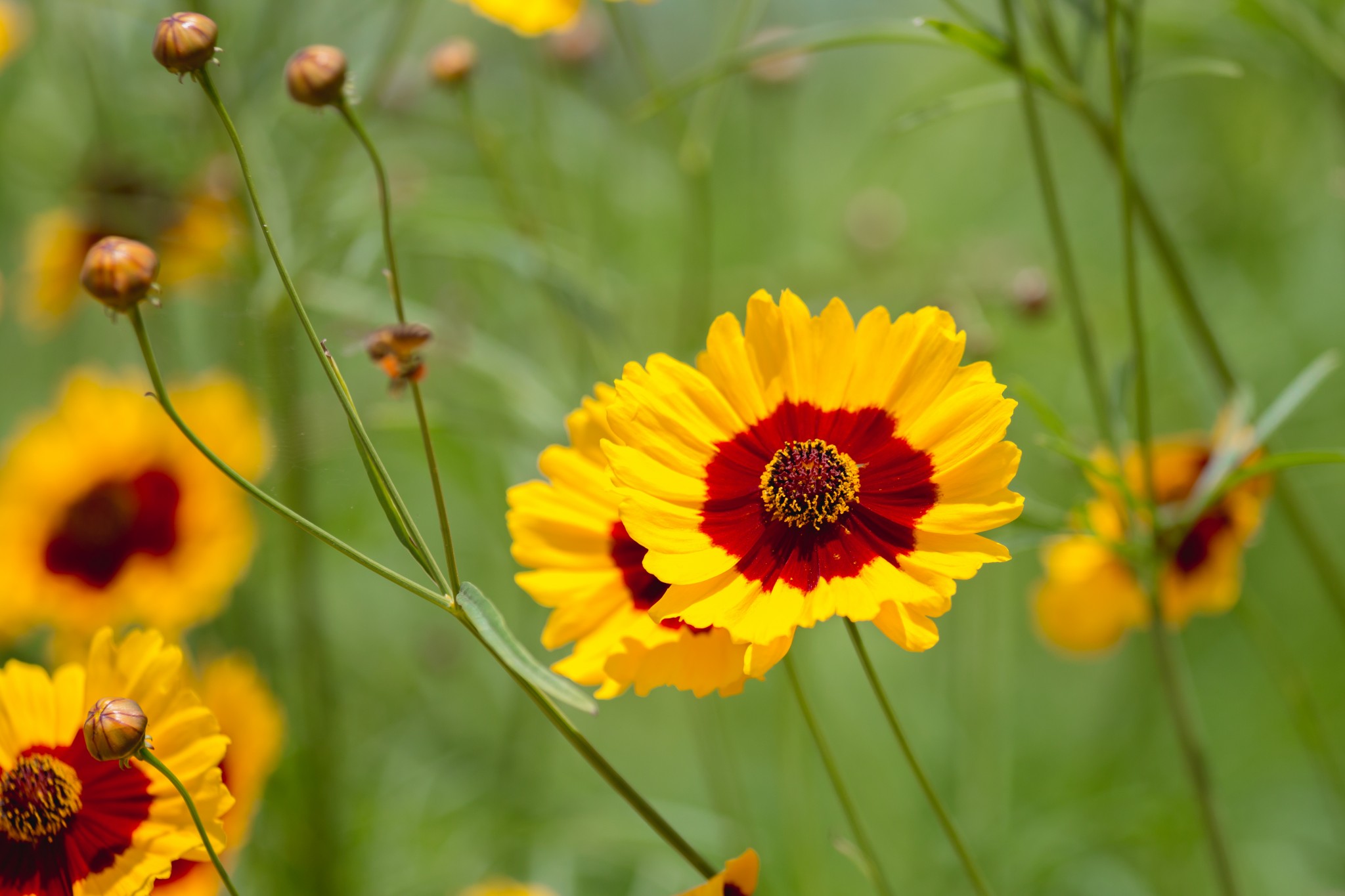
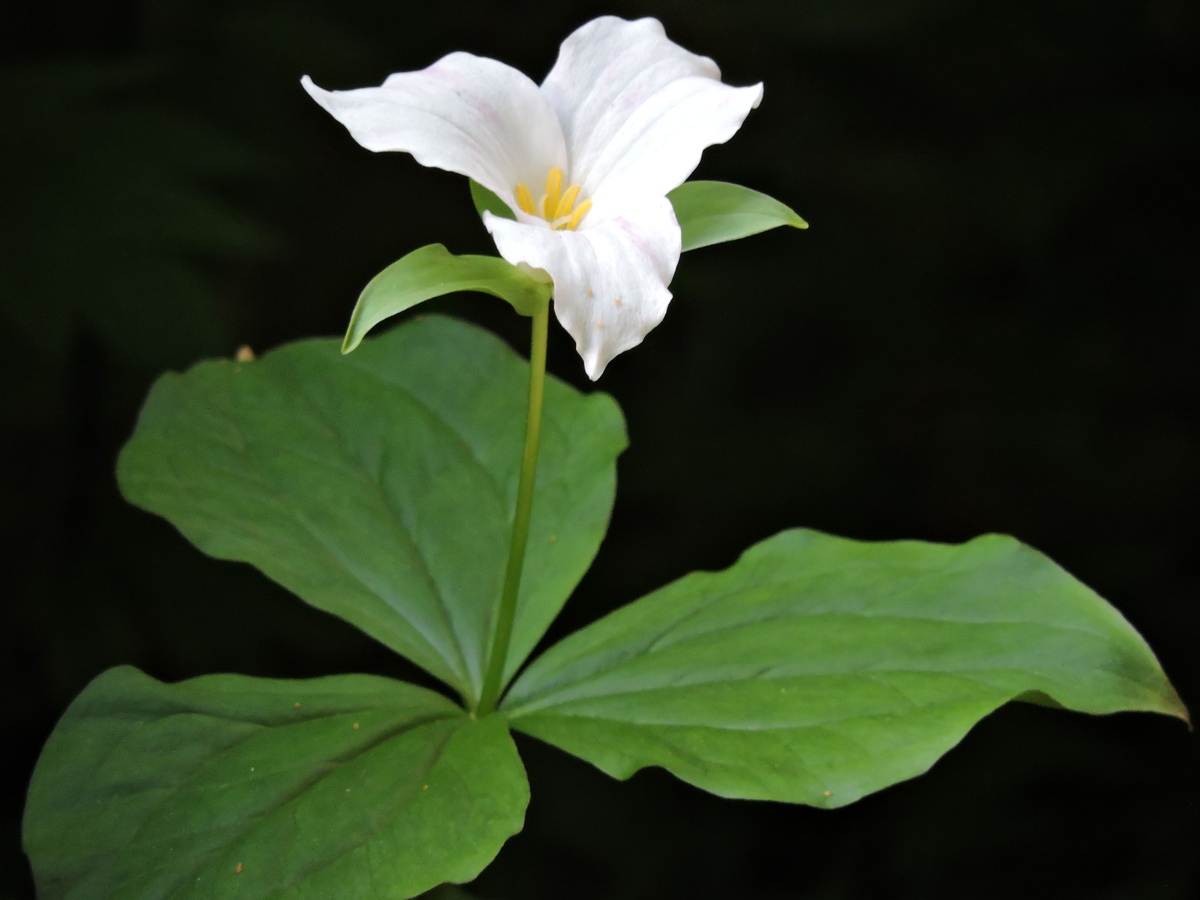
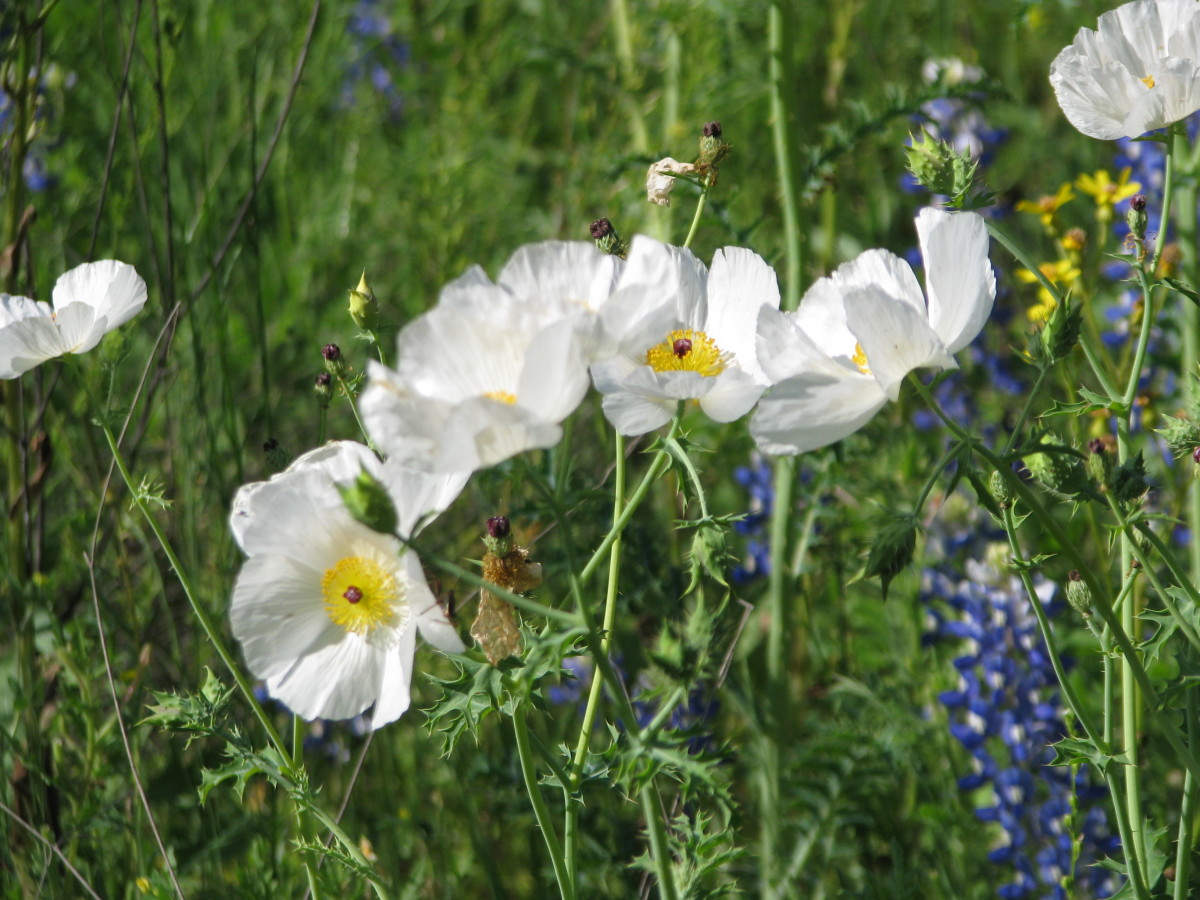
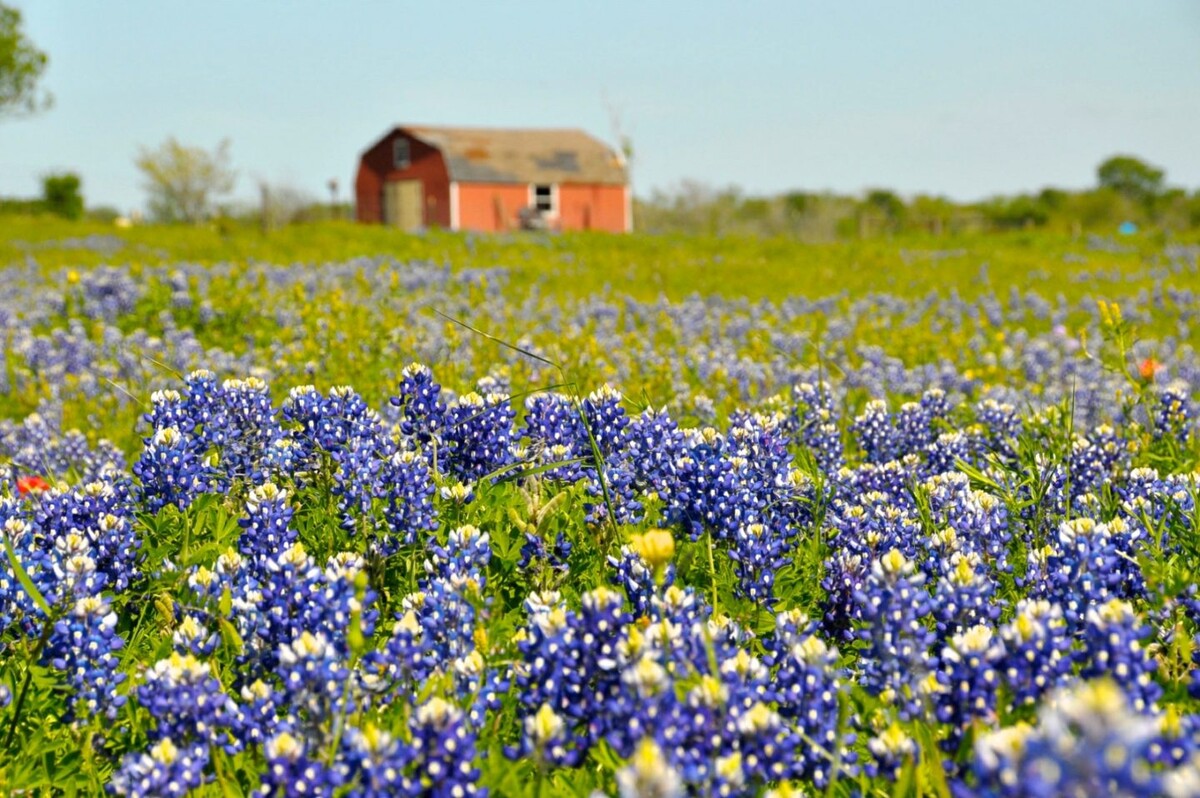
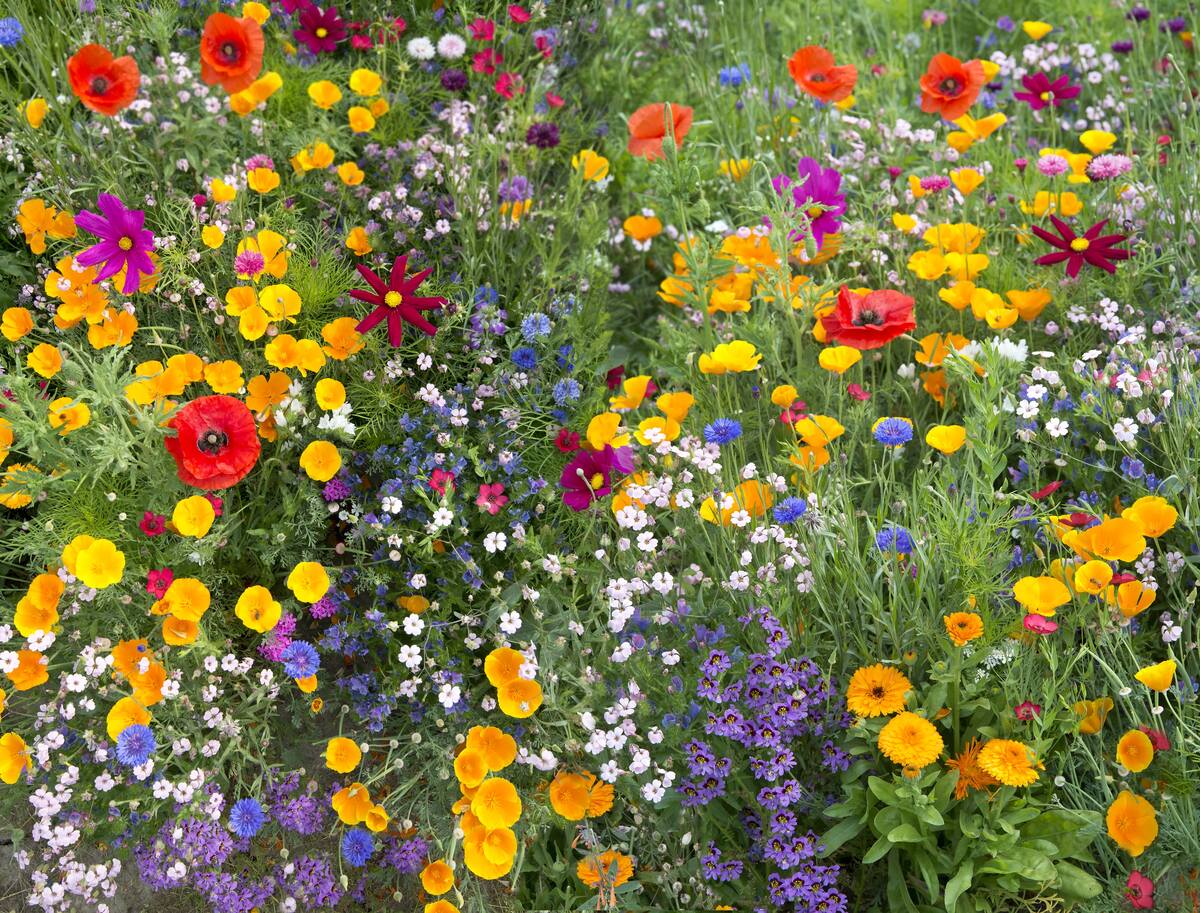
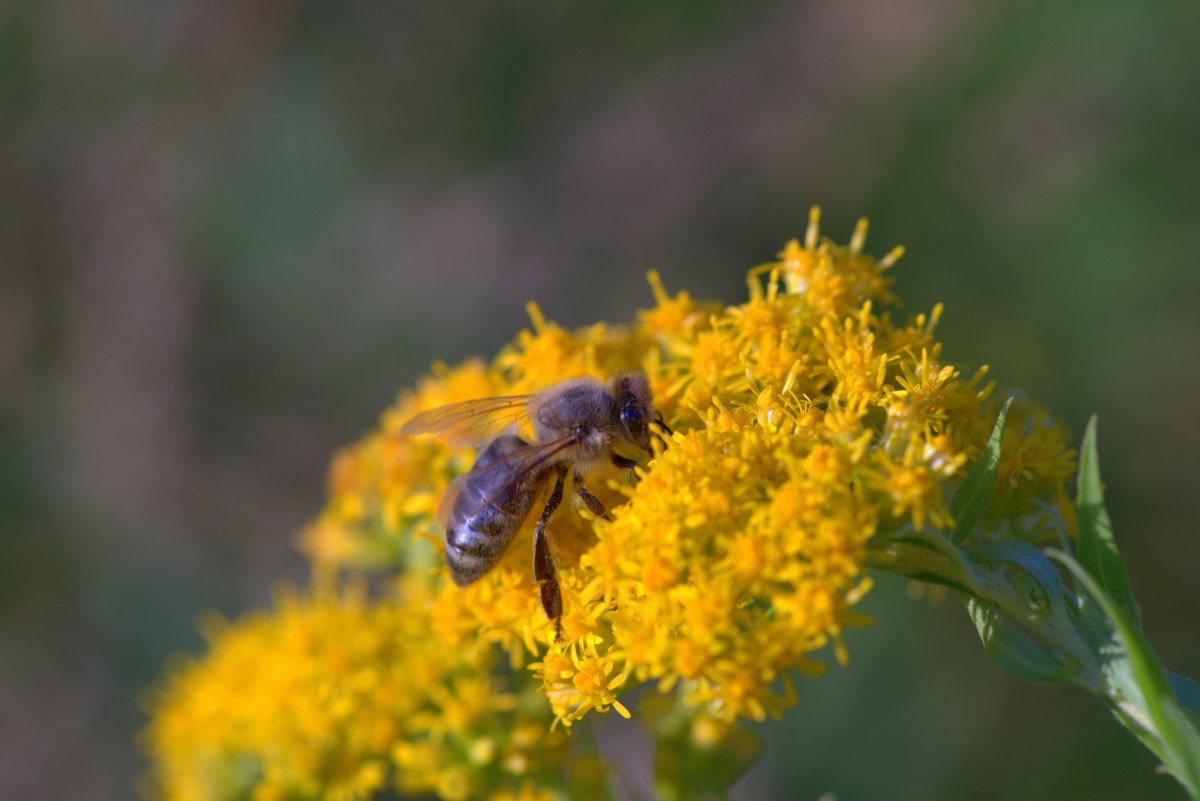
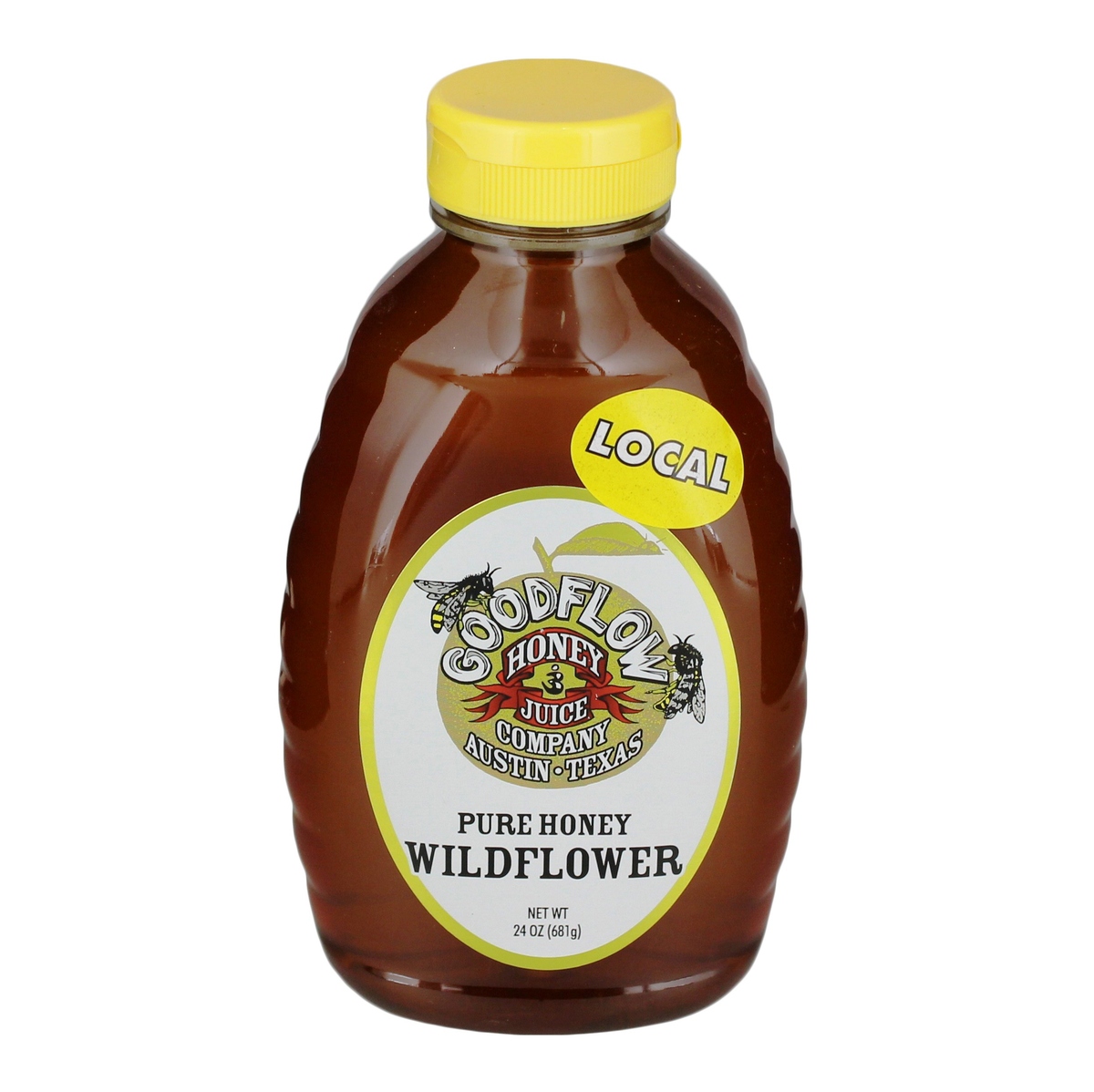
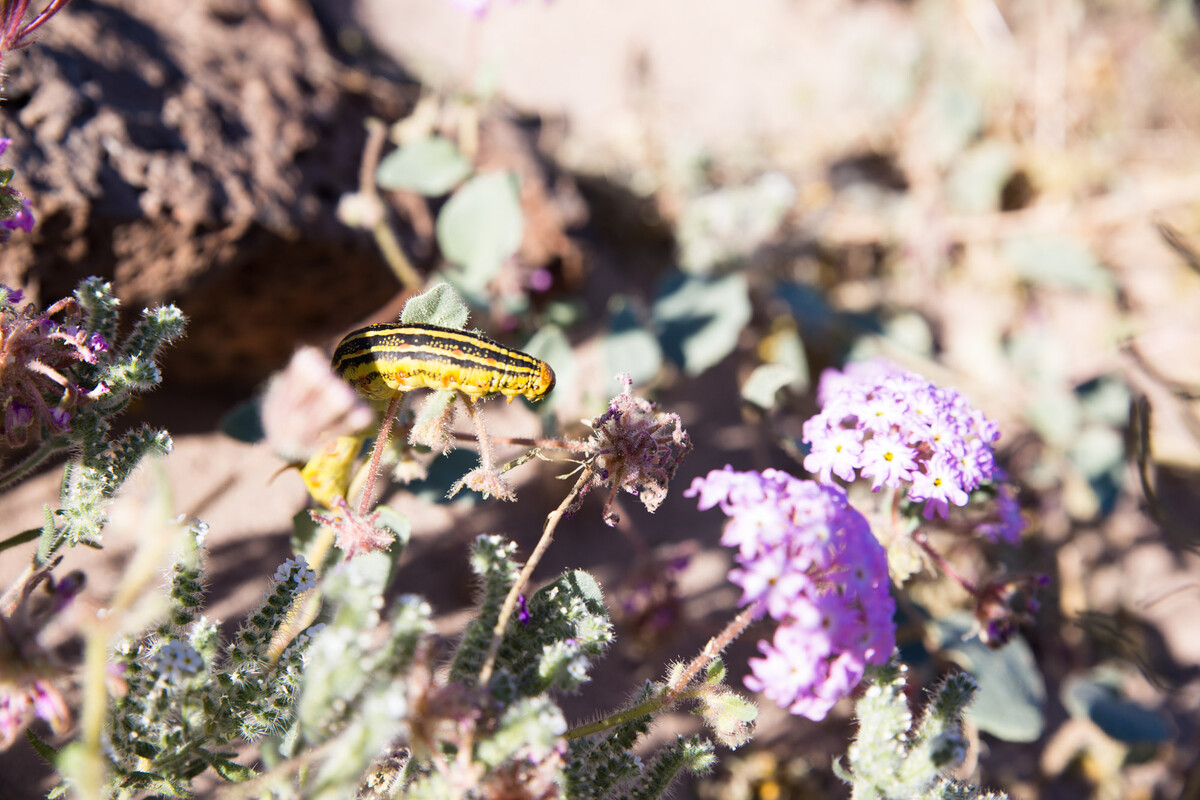
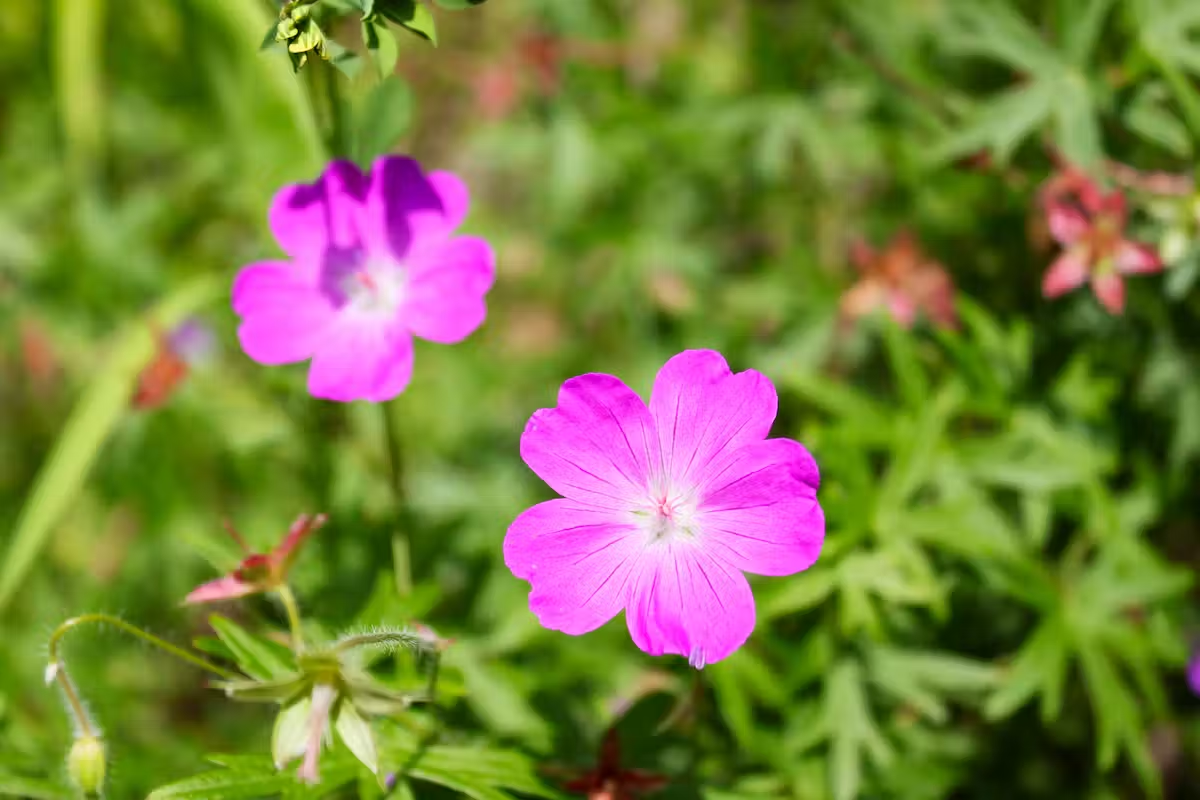

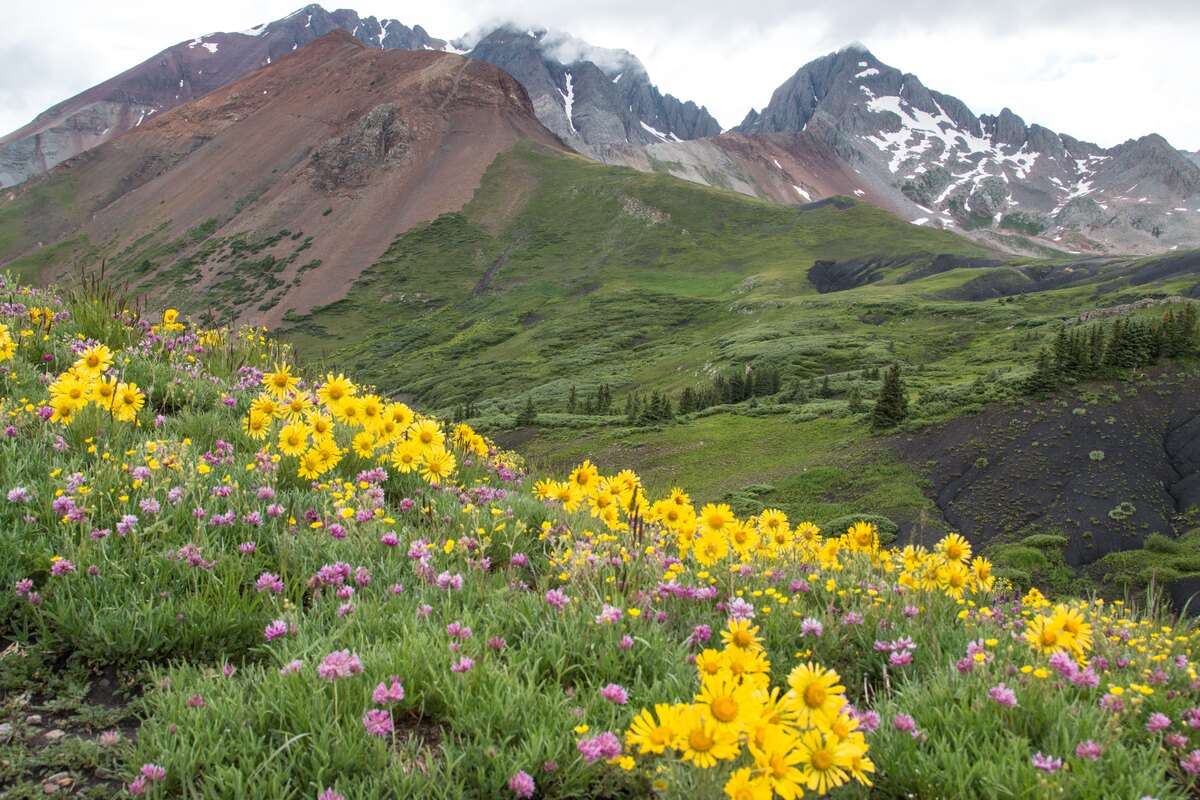
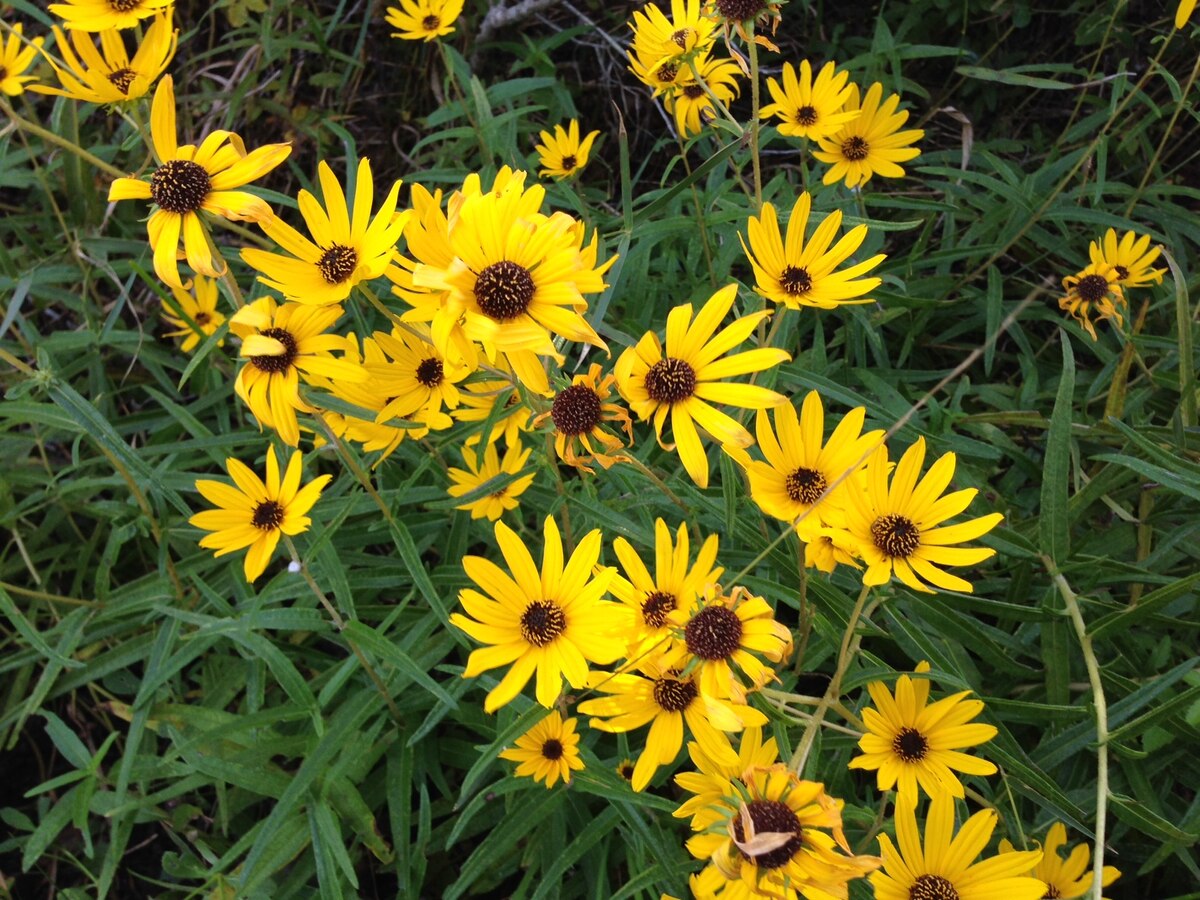
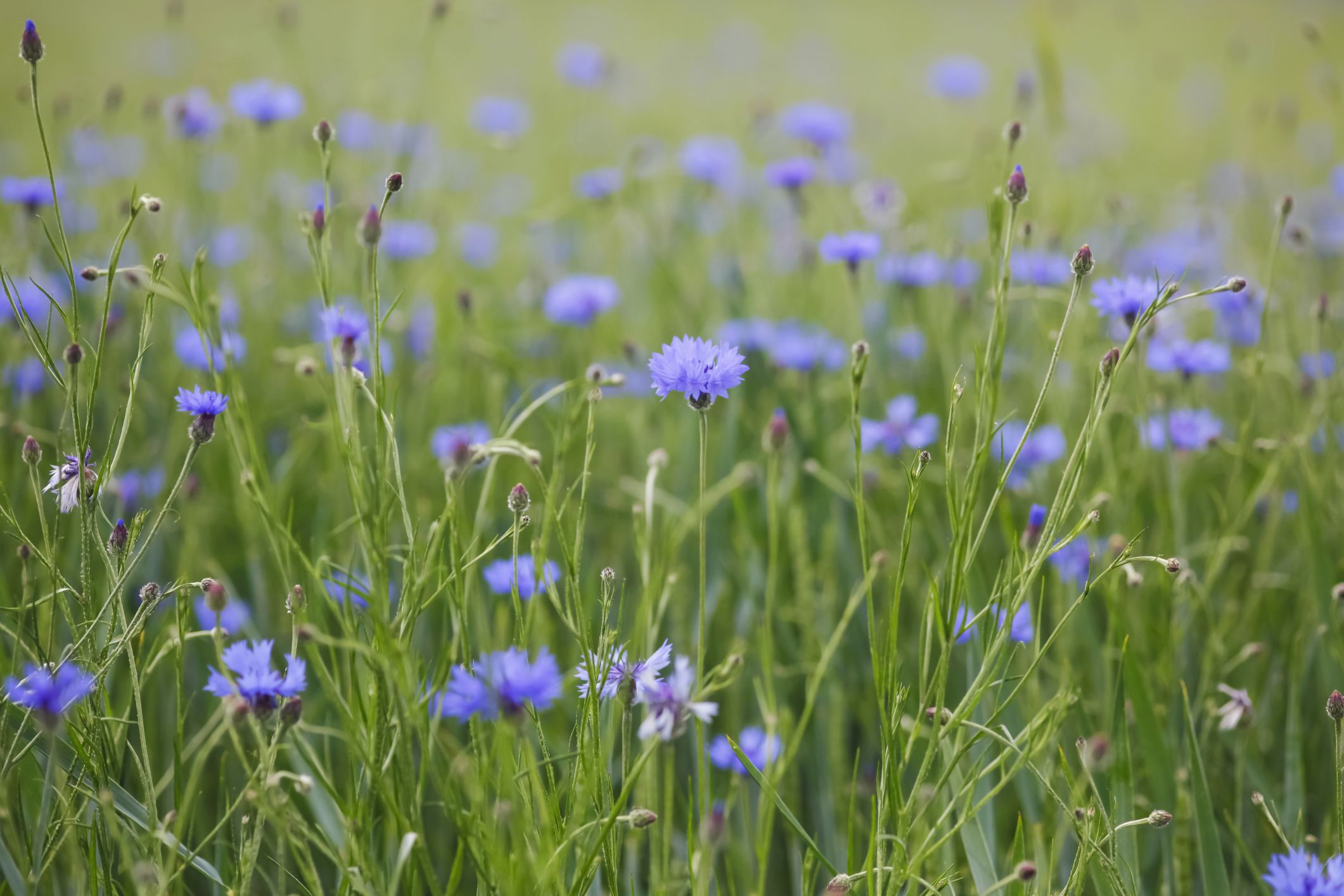

0 thoughts on “What Is The Spur On A Larkspur Wildflower”